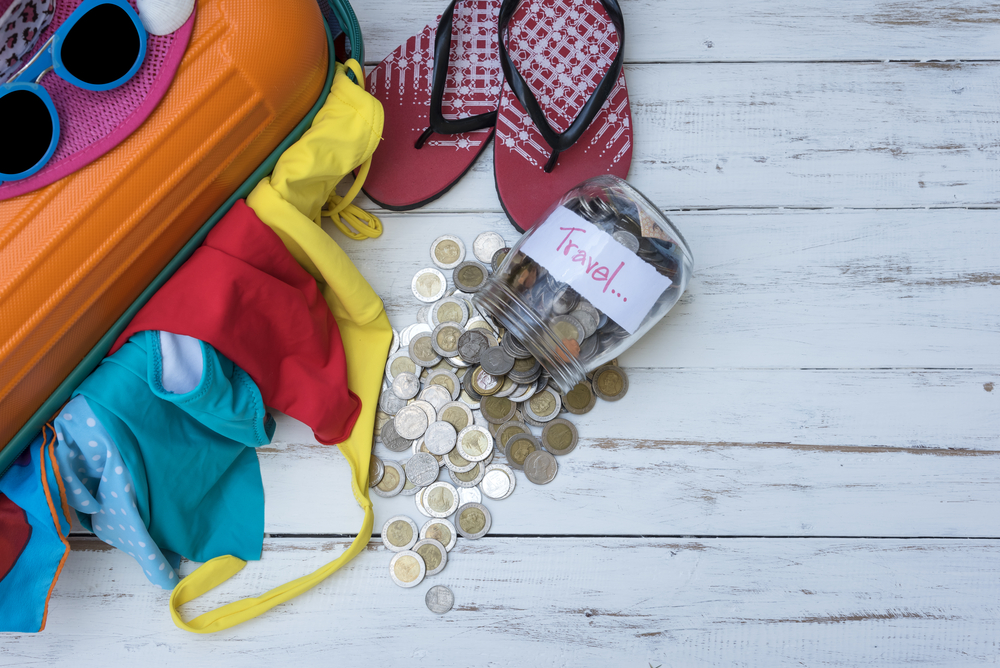The Labour Party made no commitment to changing levels of capital gains tax in its manifesto, but there is a still a chance you could pay more than under the previous Government.
This is down to frozen income tax thresholds, which could push you into paying a higher capital gains tax rate (CGT) if you sell assets including bonds, properties or shares.
Indeed, the most recent data shows the CGT bill for the UK hit £16.7bn in 2021/22, and this is set to rise after the tax-free allowance was slashed from £12,000 to £3,000.
On the day the new Chancellor Rachel Reeves announced the Government’s economic plan for the future, Sarah Coles, head of personal finance at Hargreaves Lansdown – which won Best Lifetime Investment ISA at the YourMoney.com Awards 2024 – outlined 10 tips for keeping up with your CGT bill.
10 capital gains tips
1) Consider your tax position next year
You can usually decide when you take a capital gain, so it’s worth considering what might happen to CGT and how your tax position stands. So, if you anticipate you’ll take home less money and therefore be in a lower tax band, holding off on cashing in could lead to paying a lesser rate of CGT on part of the gain as a minimum. On the other hand, it may be beneficial to take your earnings in this tax year if you believe you’ll pay more tax in the future.
2) Use your annual allowance
The CGT allowance you receive will be lost if you do not use it. So, if you’re building up a big gain, you can realise it gradually by paying no tax over a period of years, £3,000 at a time. Alternatively, you can sell investments and reinvest the profit, which resets your gain back to nothing.
3) Offset any losses you make
The successes of your investments can fluctuate year on year, but you can use this to your benefit. When you complete your tax return, you can add details of the losses you’ve made, which will be offset against the gains when you’re calculating how much CGT you owe. In a similar sense to the annual allowance, using this method can also bring your tax bill back down to zero.
4) Deduct unused losses from previous tax years
You can make claims for the extra losses you make if you have had more of those than gains. You can carry them into the next tax year, to offset against any gains you make then.
However, you cannot do this if you have made a claim for the loss in the same year you recorded it.
5) Use a stocks and shares ISA
You can move your investments into an ISA to avoid paying a potentially higher rate once you exceed the £3,000 allowance. After that level is reached, basic-rate taxpayers pay 10% and additional-rate payers are charged 20%.
This is a handy option to consider as you rebalance your portfolio every year.
6) Share Exchange (Bed & ISA)
The Share Exchange (Bed & ISA) can be used if you have assets outside a pension or ISA.
This is a process that allows you to sell assets outside an ISA – within the £3,000 CGT allowance – and move them into the ISA wrapper. It means you no longer have to pay a dividend tax or CGT on these investments at any point.
7) Don’t forget Sharesave schemes
Workplace share schemes may come with a capital gains tax sting but can prove to still be incredibly valuable.
Luckily, there’s an ISA rule that helps you save capital gains tax on shares from a Sharesave scheme or Share Incentive Plan (SIP).
You need to ensure you pay the shares into an ISA within 90 days of the scheme maturing, and they are valued at less than your annual ISA allowance of £20,000, so there won’t be any CGT to pay on these shares.
8) Plan as a couple
You can transfer the ownership of some assets to your partner if you are married or in a civil partnership and there is no CGT to pay on the transfer. When they sell up, there may well be tax to pay, and the gain will be calculated by comparing the cost on the day of selling with the day when their spouse originally bought the asset.
However, a chunk of the gain won’t be subject to tax as they have a CGT allowance of their own to take advantage of. If they’re taxed at a lower rate, they might also pay any CGT at a lower rate.
9) Consider CGT-free investments
Investments like gilts and venture capital trusts (VCTs) could prevent you from creating another liability in future. They aren’t right for everyone, and in the case of VCTs, they’re higher-risk, so should only ever be considered as a small part of a large and diverse portfolio.
However, if they suit you, there’s a chance to get up to 30% income tax relief on the amount you invest (in addition to the CGT and dividend tax saving).
10) Pay into a pension
Money paid into a pension will grow free of CGT, with higher- and additional-rate taxpayers benefitting from tax relief at their highest marginal rate. Therefore, making contributions can push people out of paying higher-rate tax altogether.
The capital gains tax rate is lower for basic-rate taxpayers, so bringing yourself under this threshold means you’ll pay tax at a lower rate on at least some of the gain.





